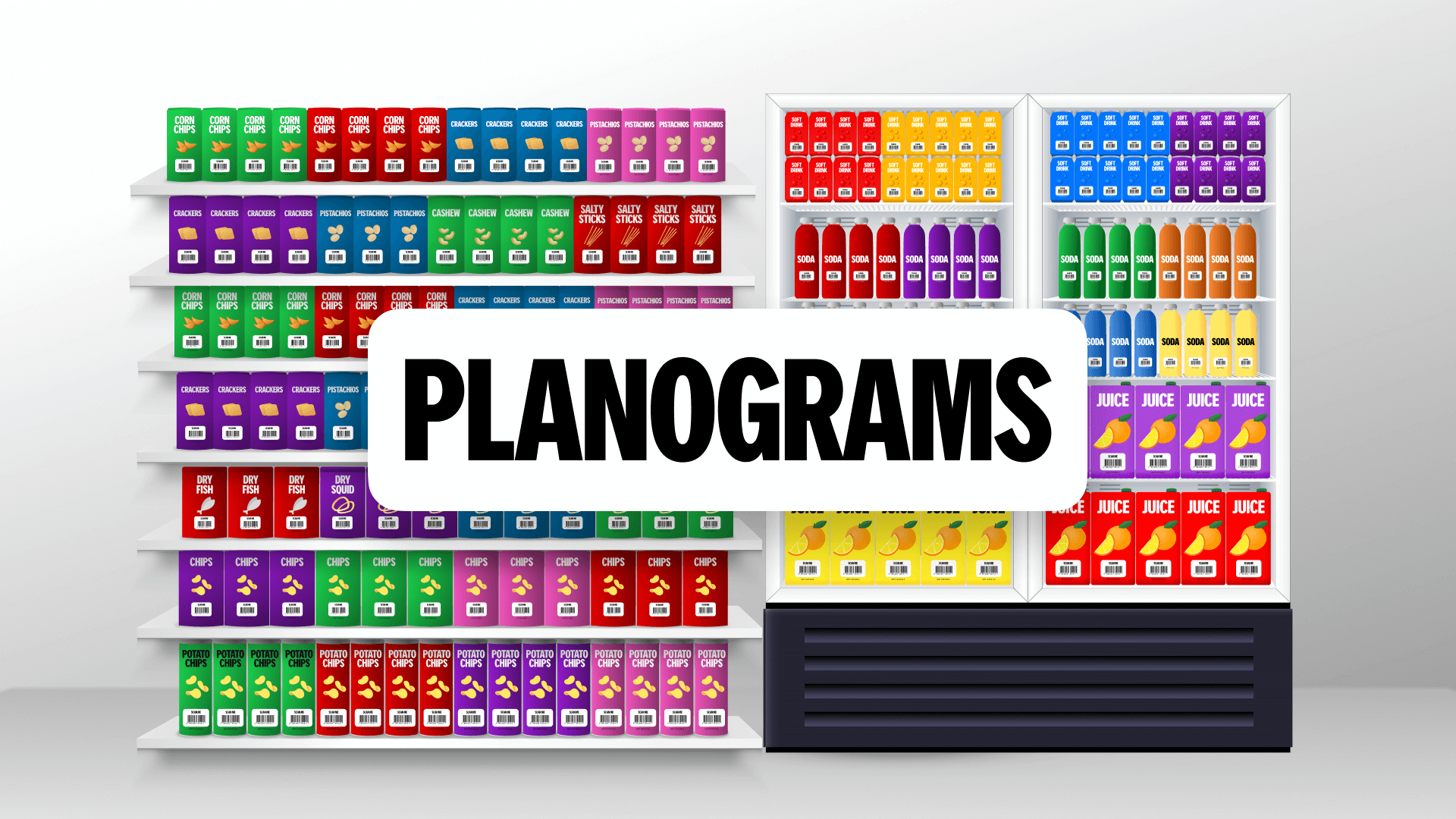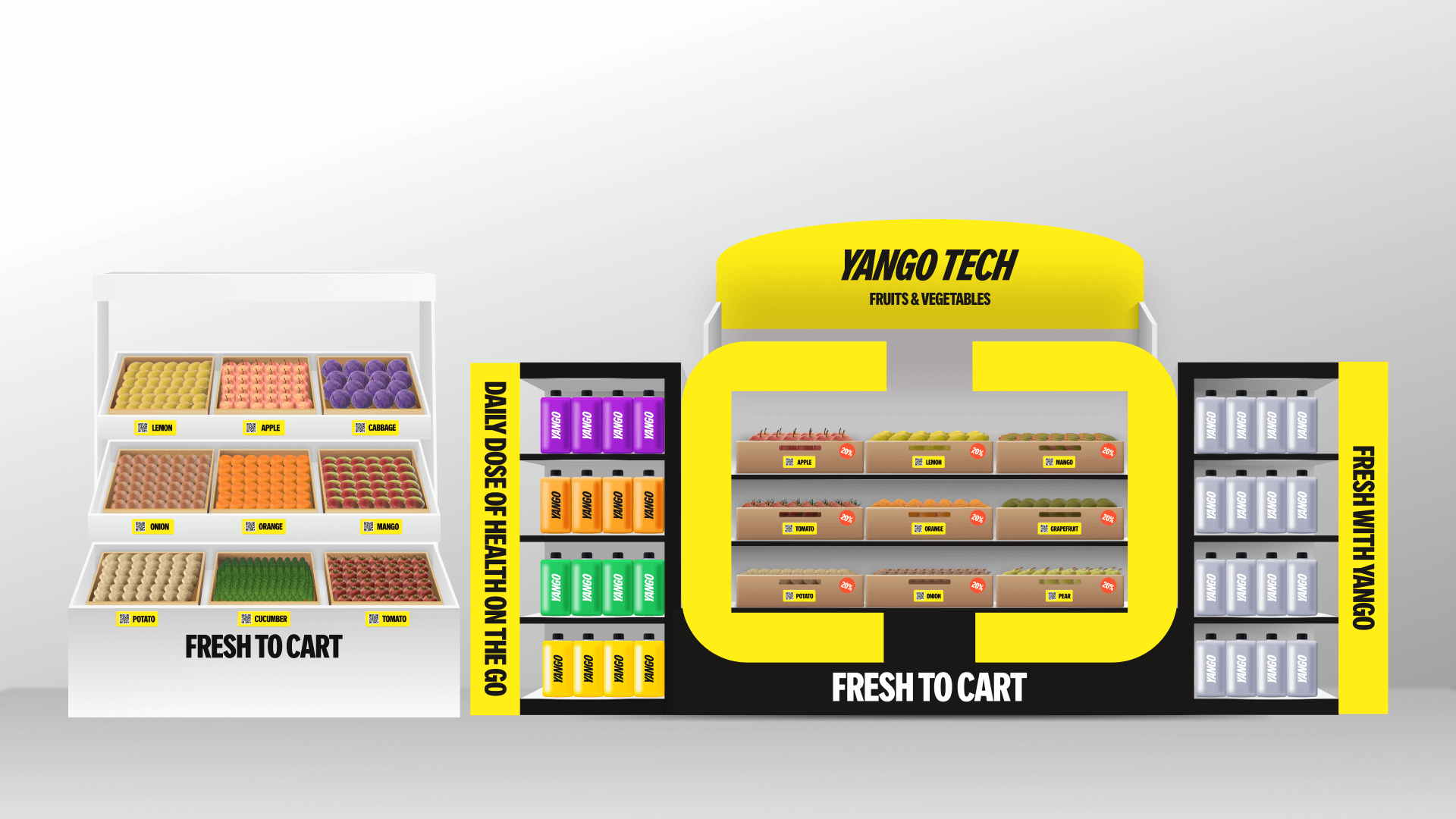Yango Tech and Surtifamiliar Partner for Next-Generation AI-Powered Grocery E-commerce in Colombia


How to introduce technology to brick-and-mortar locations that will improve not only customer journey but also employee logistics at the same time? Amidst the digital transformation evolution, planograms have emerged as indispensable tools for orchestrating the layout and product placement within retail spaces. Let's explore their essence, significance, and strategies for leveraging them effectively.
At its essence, a planogram is a meticulously crafted visual representation of retail shelf space. It acts as a strategic blueprint, optimizing product placement to maximize sales, streamline inventory management, and enhance the overall customer shopping experience.
At the foundational level, planograms foster coordination among various departments across the retail chain. They ensure merchandise is displayed as planned, from adhering to basic layout rules such as store zoning to more intricate requirements like product facings.
Integrating planogram management tools with inventory systems facilitates seamless task assignments and verification of task completion, enhancing operational efficiency.
Moving beyond basic utilization, advanced planogram strategies focus on standardizing store formats and optimizing sales potential. This involves leveraging analytics to develop comprehensive strategies, including the creation of a Customer Decision Tree (CDT) and meticulous store zoning.
By incorporating sales and supply chain data into planogram management tools, retailers can automatically generate optimal planograms tailored to each store's unique layout. This ensures consistency across the chain while maximizing sales potential at the store level.

Implementing planograms effectively requires a systematic approach, encompassing six key steps:
Zoning involves strategically organizing store areas to enhance the customer experience and drive sales growth. For example, placing high-demand items like fruits and vegetables near the entrance can increase average purchase value and unify the customer experience in-store.
Key Metrics:
This step focuses on standardizing product assortments across store formats to streamline management processes and drive revenue growth. By aligning assortments with shopping missions and creating a CDT, retailers can optimize product offerings to meet customer needs effectively.
Key Metrics:
Transitioning to automated replenishment systems enables retailers to optimize inventory levels, reduce stockouts, and ensure optimal product availability. By leveraging machine learning-based forecasting, retailers can streamline ordering processes and improve overall inventory management efficiency.
Key Metrics:
Schemagrams leverage customer behavior insights to create display groups that optimize product discovery and enhance the shopping experience. By adapting display layouts to each store's unique layout, retailers can drive sales growth and improve overall customer satisfaction.
Key Metrics:
Automated layout systems streamline the creation of store-specific optimal arrangements, ensuring efficiency and consistency in product placement. By adhering to predefined rules for shelf space and product positioning, retailers can optimize store layouts to drive sales and enhance the customer experience.
Transitioning to facings-oriented product positioning enables retailers to enhance product discovery and improve overall sales performance. By establishing precise rules for locating items and optimizing marketing agreements, retailers can drive sales growth and improve overall operational efficiency.

To ensure the effectiveness and efficiency of planogram implementation, retailers must focus on robust monitoring and execution strategies:
Effective communication and comprehensive training are essential for ensuring that store staff are equipped with the necessary skills and knowledge to implement planograms accurately. This involves developing video tutorials, conducting in-store training sessions, and providing clear job aids to guide staff through the implementation process.
Key Metric: Tracking the percentage of store staff trained on planogram implementation procedures ensures that all staff members are adequately prepared to execute planograms effectively.
Defining clear timelines for planogram implementation across different store locations and product categories is crucial for ensuring consistency and efficiency. Developing a project management plan with defined milestones and deadlines enables retailers to track progress and identify any potential delays or issues that may arise.
Regular audits are essential for tracking adherence to planograms and identifying any deviations or discrepancies that may occur. Implementing a mobile app for store staff to submit photos of shelf layouts enables real-time compliance checks, ensuring that planograms are implemented accurately and consistently across all stores. The other option includes using a smart shelf monitoring system that does monitoring in real-time, supported by the provision of analytics in the same timeframe.

However, navigating the complexities of planogram implementation requires careful consideration and strategic planning. Customizing the implementation approach to align with the unique needs and challenges of your retail environment is essential for maximizing the benefits of planograms.
In conclusion, planograms play a pivotal role in the digital transformation journey of the retail sector. By implementing effective planogram strategies and prioritizing monitoring and execution, retailers can optimize store layouts, drive sales growth, and enhance the overall customer experience. If you're ready to embark on this transformative journey or seek guidance on optimizing your planogram strategies, our team is here to assist you every step of the way. Let's unlock the full potential of your retail operations together.